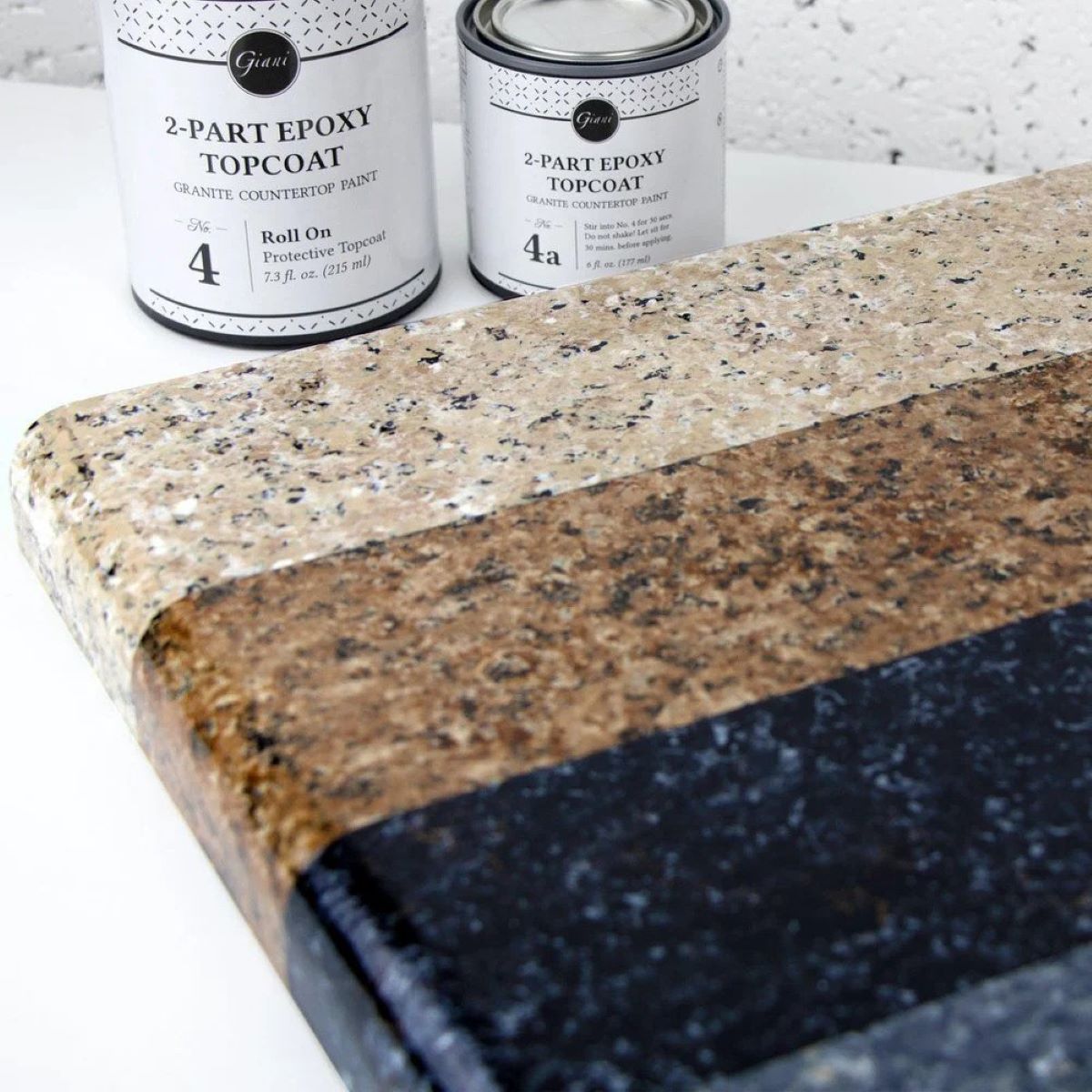

Articles
How Do You Paint Granite Countertops
Modified: January 7, 2024
Learn the best techniques for painting granite countertops in this informative article. Discover how to transform your kitchen with a fresh new look.
(Many of the links in this article redirect to a specific reviewed product. Your purchase of these products through affiliate links helps to generate commission for Storables.com, at no extra cost. Learn more)
Introduction
Granite countertops are a popular choice in kitchens and bathrooms due to their durability and natural beauty. However, over time, you may find yourself wanting to change the look of your granite countertops without the expense of replacing them. One effective and cost-efficient way to do this is by painting your granite countertops.
Painting granite countertops can give your kitchen or bathroom a whole new look and allow you to customize the color to match your personal style and design preferences. In this article, we will guide you through the process of painting granite countertops, from preparation to application and care.
Before we dive into the details, it is important to note that painting granite countertops is a DIY project that requires some skill and attention to detail. It is also essential to choose the right type of paint and follow the proper steps to ensure a long-lasting and beautiful finish.
Now, let’s gather our materials and get ready to transform your granite countertops into a work of art!
Key Takeaways:
- Transform your granite countertops with a DIY paint job using the right materials, proper preparation, and attention to detail. Achieve a durable and personalized finish that complements your style and design preferences.
- Maintain the beauty and longevity of your painted granite countertops with proper care and maintenance. Follow simple guidelines to ensure your countertops continue to impress for years to come.
Read more: How Do You Cut Granite Countertops
Materials needed
Before you start painting your granite countertops, it’s important to gather all the necessary materials. Here’s a list of what you’ll need:
- Painter’s tape: This will be used to protect the surrounding areas of your countertops.
- Sandpaper: Choose a grit suitable for removing any existing sealer or glossy finish on the granite surface.
- Tack cloth: This will help remove any dust and debris after sanding.
- Primer: Look for a high-quality primer specifically designed for use on countertops. Make sure it adheres well to both granite and paint.
- Paint: Choose a paint formulated for use on countertops. There are various options available, including acrylic and epoxy paints in a wide range of colors.
- Paintbrushes and rollers: Use high-quality brushes and rollers to apply the primer and paint evenly.
- Spray bottle: Fill this with water to mist the granite surface during the painting process.
- Clear coat: A clear coat will provide extra protection and give your countertops a glossy finish. Look for a clear coat specifically designed for use on painted surfaces.
- Protective gloves: Keep your hands clean and protected during the painting process.
- Dust mask: Wear a dust mask to protect yourself from inhaling any harmful particles while sanding and painting.
- Drop cloths: Place drop cloths or plastic sheeting to protect the surrounding area from paint drips or spills.
Make sure to gather all these materials before you begin, as it will ensure a smooth and efficient painting process.
Preparing the granite surface
Before you can start painting your granite countertops, you need to prepare the surface properly. This will ensure better adhesion and a longer-lasting finish. Here’s how to prepare the granite surface:
- Clean the countertops: Begin by thoroughly cleaning the granite countertops using a mild detergent or stone cleaner. Remove any dirt, grease, or residue and dry the surface completely.
- Sand the surface: Use sandpaper with a medium-grit (around 120 to 220) to lightly sand the entire surface of the granite countertops. This step is crucial as it helps remove any existing sealer, gloss, or smooth finish, allowing the primer to adhere better.
- Remove dust: After sanding, wipe away any dust or debris using a tack cloth. Make sure the surface is clean and smooth before proceeding to the next step.
- Tape off the edges: Use painter’s tape to carefully tape off the edges of the countertops, protecting the surrounding areas from paint splatters or drips.
By following these preparation steps, you’ll create a clean, roughed-up surface that is ready to be primed and painted. Remember, proper preparation is essential for achieving a professional-looking and durable finish on your granite countertops.
Applying primer
After preparing the granite surface, it’s time to apply a primer. Primer helps create a smooth and even base for the paint, promoting better adhesion and durability. Follow these steps to apply the primer:
- Stir the primer: Thoroughly stir the primer to ensure it is well-mixed and ready for application.
- Start from the edges: Using a high-quality brush, begin applying the primer to the edges and corners of the countertops. Make sure to cover the entire edge, working in small sections.
- Use a roller for the surface: Switch to a roller for the main surface of the countertops. Roll the primer in even, overlapping strokes, ensuring an even coverage. Work in manageable sections to prevent the primer from drying before you can blend it properly.
- Apply multiple coats if needed: Depending on the type and color of your primer, you may need to apply multiple coats for better coverage. Allow each coat to dry completely before applying the next one, following the manufacturer’s instructions for drying times.
- Smooth out any imperfections: After the primer is completely dry, inspect the surface for any drips, runs, or imperfections. Use fine-grit sandpaper to gently smooth out any rough spots or mistakes.
Remember to wear protective gloves and a dust mask during the primer application process. Follow the manufacturer’s instructions regarding proper ventilation and cleanup of brushes and rollers.
Applying a primer to your granite countertops will ensure that the paint adheres properly and provides a longer-lasting finish.
Choosing the right paint
When it comes to painting your granite countertops, choosing the right type of paint is crucial for achieving a beautiful and durable finish. Here are some factors to consider when selecting the paint:
- Countertop-specific paint: Look for paint specifically formulated for use on countertops. These paints are designed to withstand the heavy use and daily wear that countertops endure. They are also more resistant to moisture, heat, and stains.
- Acrylic or epoxy paint: Two common types of countertop paint are acrylic and epoxy. Acrylic paint is water-based, easy to work with, and dries quickly. Epoxy paint, on the other hand, is more durable and provides a high-gloss finish. Consider your personal preferences and the level of durability you desire when choosing between these two options.
- Color and finish: Decide on the color and finish that best suits your style and complements your kitchen or bathroom. Consider experimenting with samples or swatches to see how the color looks in your space.
- Quality: Opt for high-quality paint that will provide better coverage and durability. Cheaper paints may require more coats and may not withstand the demands of daily use as effectively.
Take the time to research different paint brands, read customer reviews, and consult with experts at your local home improvement store. They can provide guidance and recommend the best paint options for your specific needs.
Remember to choose a paint that is compatible with the primer you used to ensure proper adhesion and a long-lasting finish. Following these guidelines will help you select the right paint that will transform your granite countertops into a stunning focal point in your home.
When painting granite countertops, be sure to thoroughly clean and degrease the surface before applying a high-quality primer and paint specifically designed for use on countertops. Finish with a durable top coat for added protection.
Read more: How Do You Disinfect Granite Countertops
Painting the granite countertops
Now that you’ve prepared the granite surface and chosen the right paint, it’s time to start painting your countertops. Follow these steps to achieve a smooth and professional-looking finish:
- Mist the granite surface: Before applying the paint, lightly mist the granite surface with water using a spray bottle. This helps create a slightly damp surface, allowing the paint to adhere better.
- Apply the paint: Using a high-quality brush or roller, begin applying the paint to the surface of the countertops. Work in small, manageable sections, ensuring an even and smooth application.
- Overlap the strokes: When using a brush, apply the paint in long, even strokes, overlapping each stroke slightly. This helps prevent visible brush marks and creates a seamless finish. If using a roller, apply the paint in even, overlapping strokes, covering the entire surface.
- Allow drying time: Follow the manufacturer’s instructions for the recommended drying time between coats. Apply additional coats if necessary, ensuring each coat is dry before applying the next one.
- Inspect for imperfections: After the final coat of paint is dry, inspect the surface for any imperfections. Use fine-grit sandpaper to gently smooth out any rough areas or mistakes. Be careful not to sand through the paint layer.
Take your time during the painting process to ensure a professional-looking finish. Pay attention to details and make sure the paint is applied evenly and smoothly. Allow the paint to dry completely before moving on to the next step.
Remember to follow all safety precautions, including wearing gloves and a dust mask. Proper ventilation is also necessary during the painting process.
By following these steps, you will transform your granite countertops into a stunning focal point in your kitchen or bathroom.
Applying a clear coat
After painting your granite countertops, applying a clear coat is an essential step to protect the paint and provide a long-lasting, durable finish. Here’s how to apply a clear coat:
- Choose the right clear coat: Look for a clear coat specifically designed for use on painted surfaces, preferably one that is compatible with the paint you used. Consider factors such as durability, gloss level, and protection against moisture and stains.
- Prepare the surface: Ensure that the painted surface is clean and free of any dust or debris. Use a tack cloth to remove any particles that may have settled on the countertops.
- Apply the clear coat: Use a high-quality brush or roller to apply the clear coat evenly over the painted surface. Work in small sections, using smooth and even strokes to avoid streaks or brush marks.
- Allow drying time: Follow the manufacturer’s instructions for the recommended drying time between coats. Apply additional coats if required, making sure each coat is fully dry before applying the next one.
- Sand between coats (if necessary): If the clear coat manufacturer recommends sanding between coats, use fine-grit sandpaper to lightly sand the surface. This helps create a smooth finish and promotes better adhesion between coats.
- Inspect and touch up: Once the final coat is dry, inspect the surface for any imperfections or blemishes. If necessary, use fine-grit sandpaper to gently sand out any rough spots, and then apply a touch-up coat of clear coat to those areas.
Applying a clear coat not only enhances the durability of your painted granite countertops but also provides a glossy finish that enhances the overall appearance. It adds an extra layer of protection against scratches, stains, and moisture, ensuring your countertops retain their beauty for years to come.
Remember to follow the manufacturer’s instructions for proper ventilation, application, and drying times. Additionally, protect the surrounding areas from any overspray or drips by using drop cloths or plastic sheeting.
By applying a clear coat, you’re taking an important step to safeguard your newly painted granite countertops and maintain their aesthetic appeal over time.
Caring for painted granite countertops
Once you have successfully painted your granite countertops, it’s important to follow proper care and maintenance practices to ensure their longevity and preserve their beauty. Here are some tips for caring for your painted granite countertops:
- Wipe up spills immediately: Accidental spills can happen in any kitchen or bathroom. To prevent potential staining or damage to your painted countertops, clean up spills promptly using a mild cleanser or soap and water. Avoid using abrasive cleaners or scrubbing pads that could scratch the paint.
- Use cutting boards and trivets: To protect the painted surface from scratches or heat damage, always use cutting boards for food preparation and trivets or hot pads for placing hot dishes or pans.
- Avoid harsh chemicals: When cleaning your painted granite countertops, stay away from harsh chemicals or abrasive cleaners that can deteriorate the paint. Opt for mild, non-abrasive cleansers and a soft cloth or sponge.
- Regularly clean and dust: Keep your countertops clean and free from dust by using a damp cloth or sponge to wipe them down regularly. Avoid using excessive water, as it can seep into any porous areas of the paint.
- Reapply clear coat (if needed): Over time, the clear coat on your painted granite countertops may wear down. If you notice that the paint is becoming dull or is no longer as resistant to spills and stains, consider reapplying a fresh coat of clear coat to restore its protective qualities.
- Avoid heavy impacts: While painted granite countertops are durable, they may be susceptible to chipping or cracking if subjected to heavy impacts. Be cautious when handling heavy objects or sharp utensils, and avoid banging or dropping items onto the countertops.
By following these care guidelines, you can maintain the beauty and longevity of your painted granite countertops. With regular upkeep and proper precautions, your countertops will continue to impress for years to come.
Conclusion
Painting granite countertops is a creative and cost-effective way to transform the look of your kitchen or bathroom. With the right materials, proper preparation, and attention to detail, you can achieve a beautiful and durable finish that complements your personal style and design preferences.
Throughout this article, we have discussed the step-by-step process of painting granite countertops, from preparing the surface to choosing the right paint and applying a clear coat. We have also provided tips on caring for your painted countertops to ensure their longevity and preserve their appearance.
While painting granite countertops can be a DIY project, it requires some skill and attention to detail. It’s important to use high-quality materials, follow proper techniques, and take necessary safety precautions. If you feel uncertain or overwhelmed, consider consulting with professionals who specialize in countertop painting.
Remember that the key to a successful painting project is balance. While it’s important to optimize the article for SEO with appropriate keywords and formatting, it’s equally important to deliver informative and engaging content that adds value to the reader. By achieving this balance, your article will not only attract search engine visibility but also captivate and educate your audience.
So, if you’re ready to give your granite countertops a fresh new look, gather your materials, prepare the surface, and let your creativity flow. With the right approach and a little bit of patience, you can transform your countertops into a stunning focal point that reflects your personal style and enhances the overall aesthetic of your space.
Frequently Asked Questions about How Do You Paint Granite Countertops
Was this page helpful?
At Storables.com, we guarantee accurate and reliable information. Our content, validated by Expert Board Contributors, is crafted following stringent Editorial Policies. We're committed to providing you with well-researched, expert-backed insights for all your informational needs.
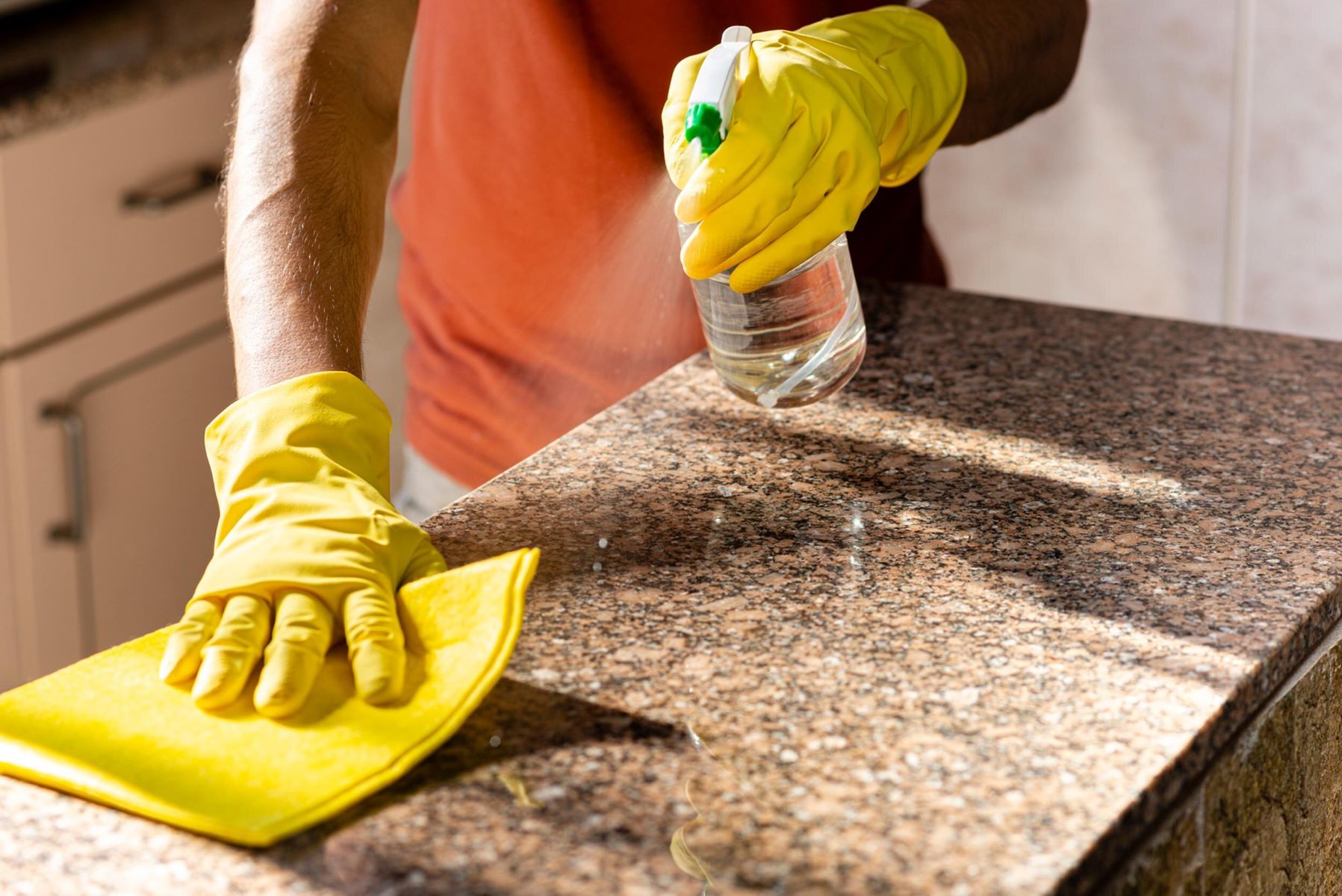
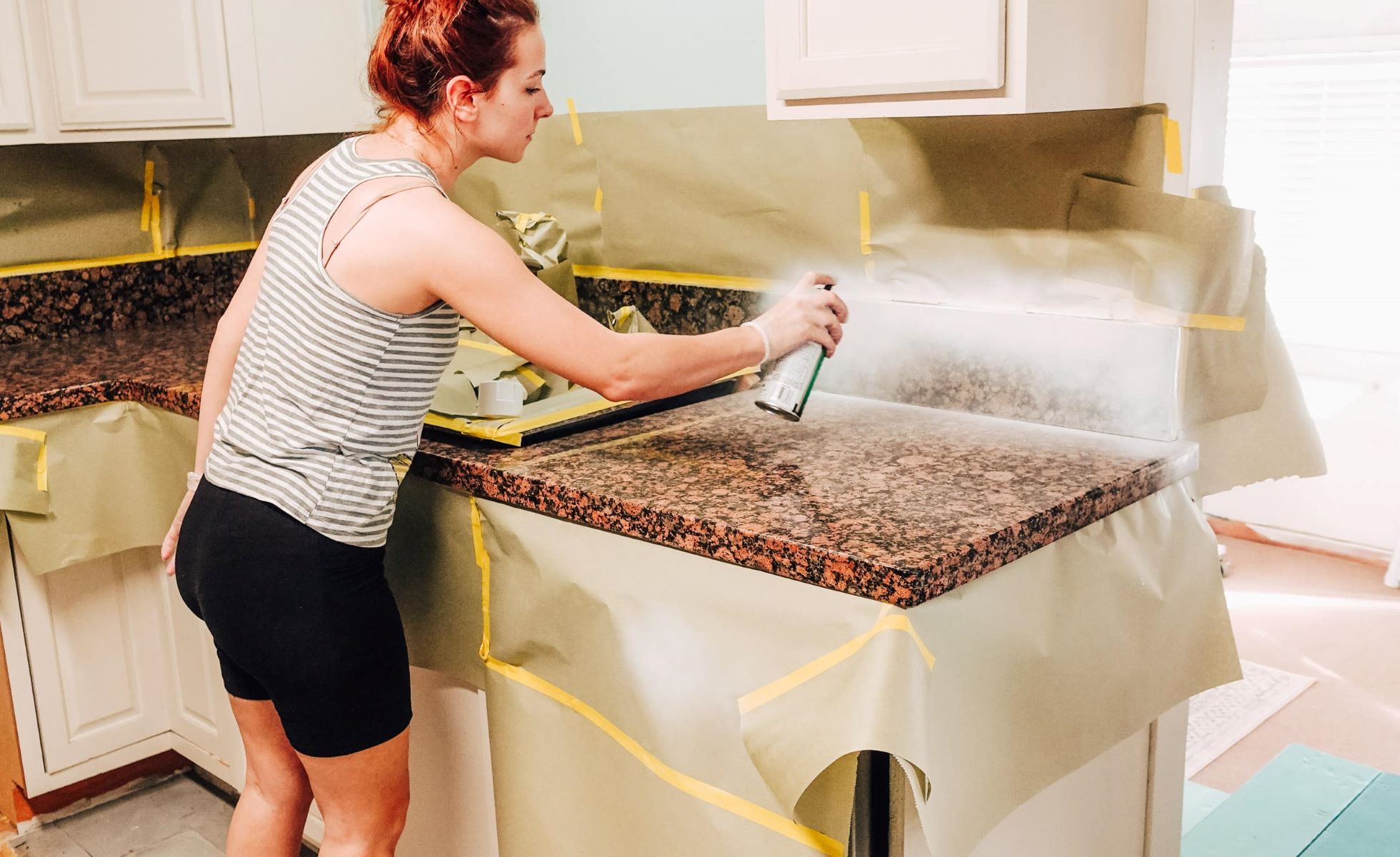
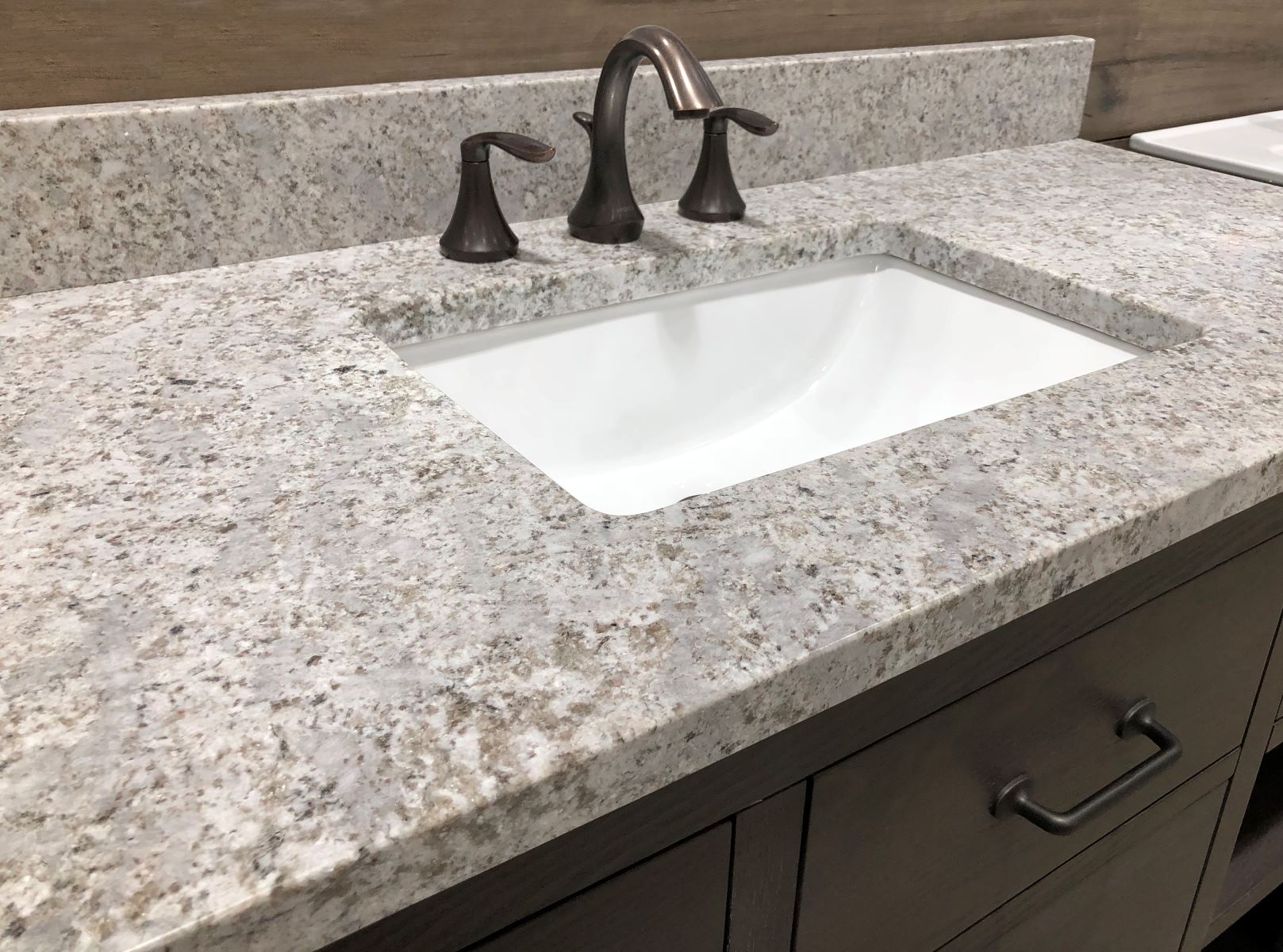
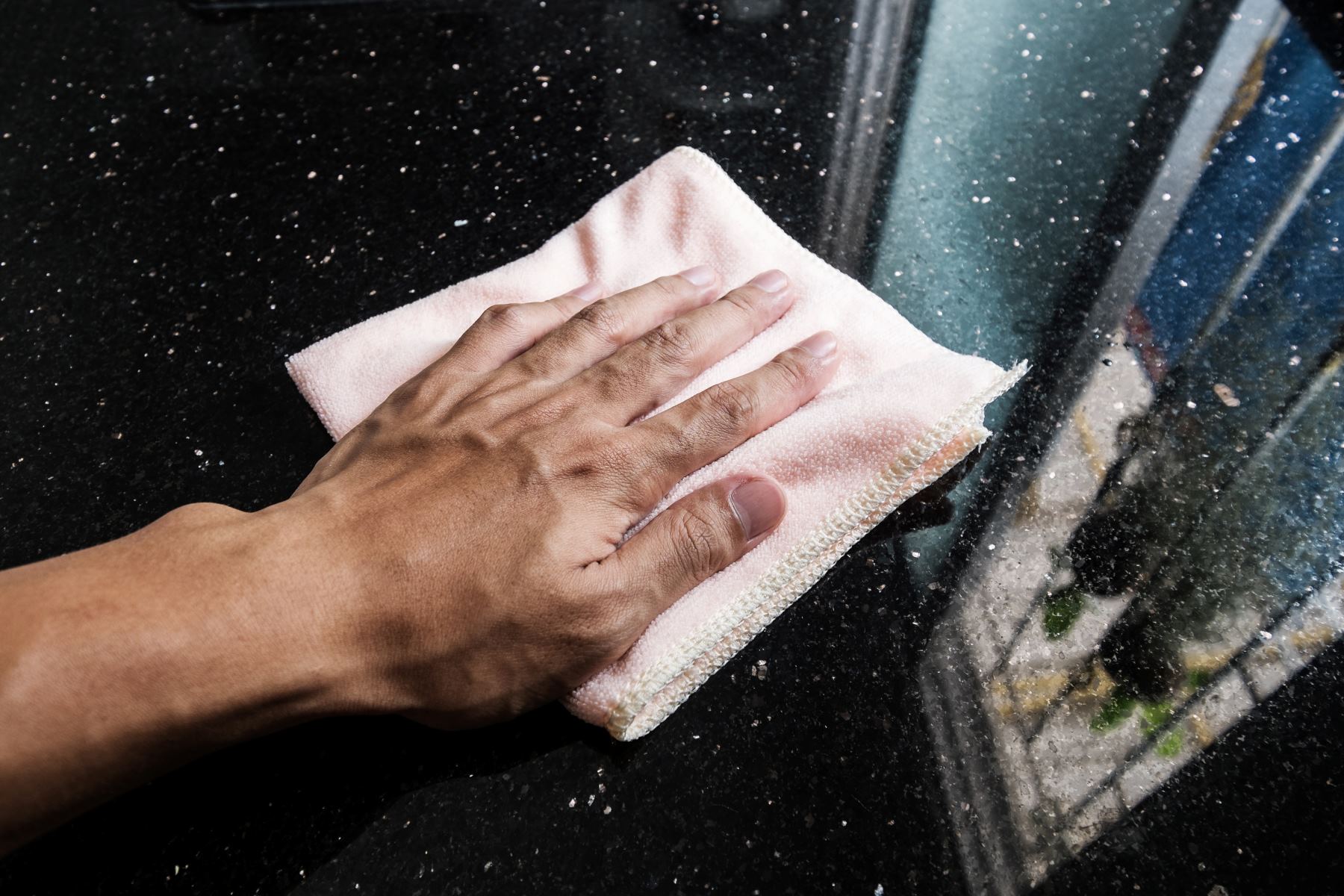
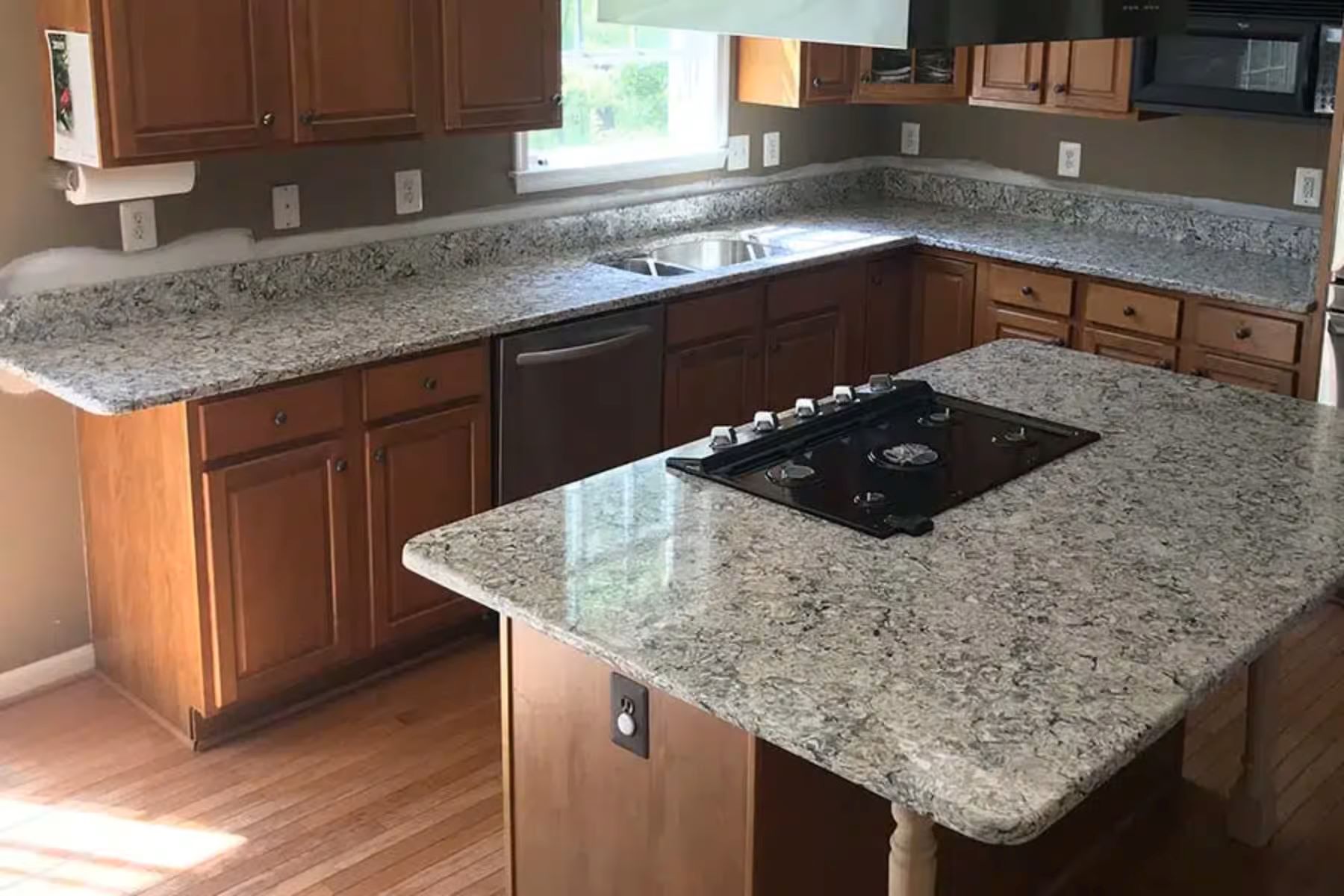
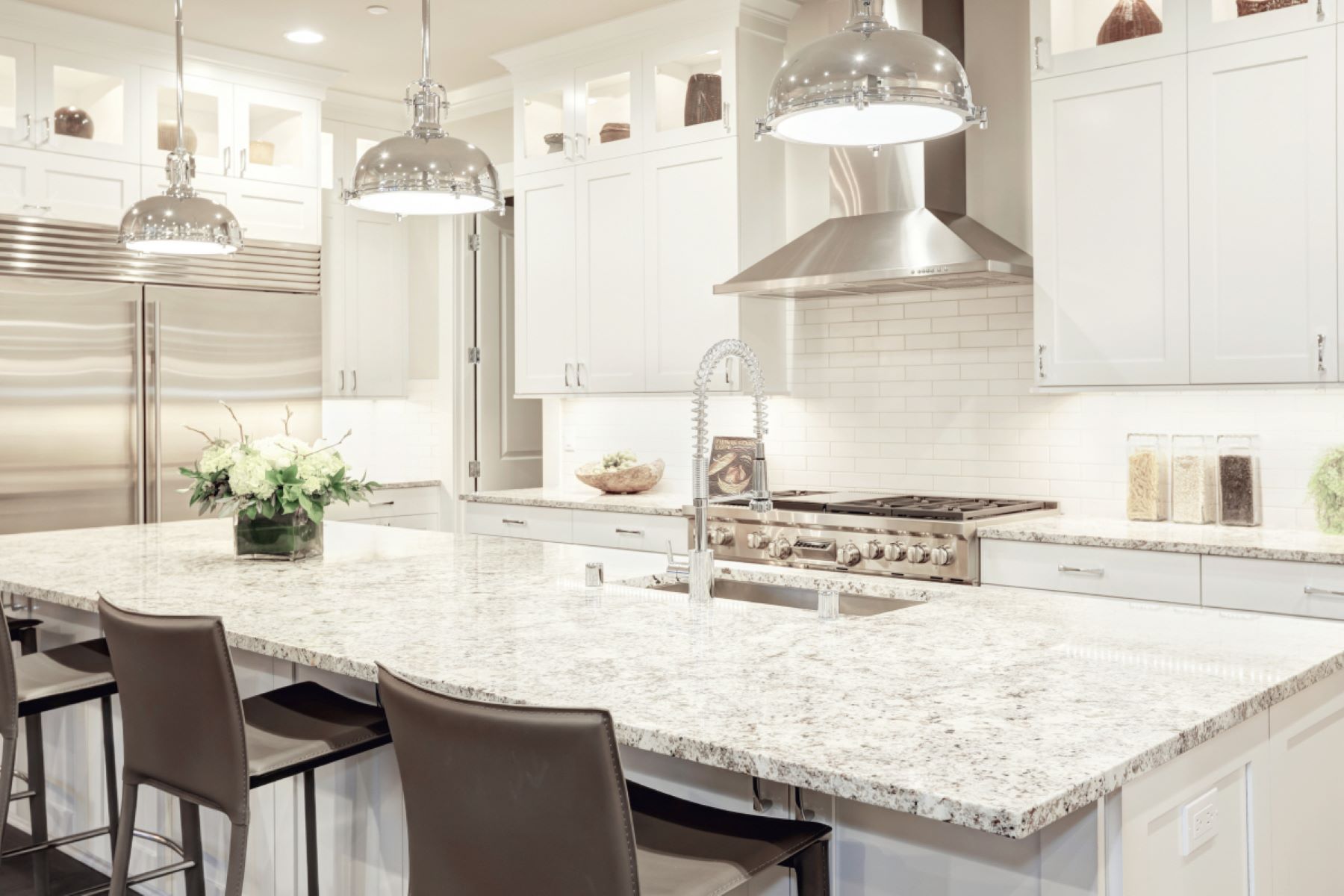
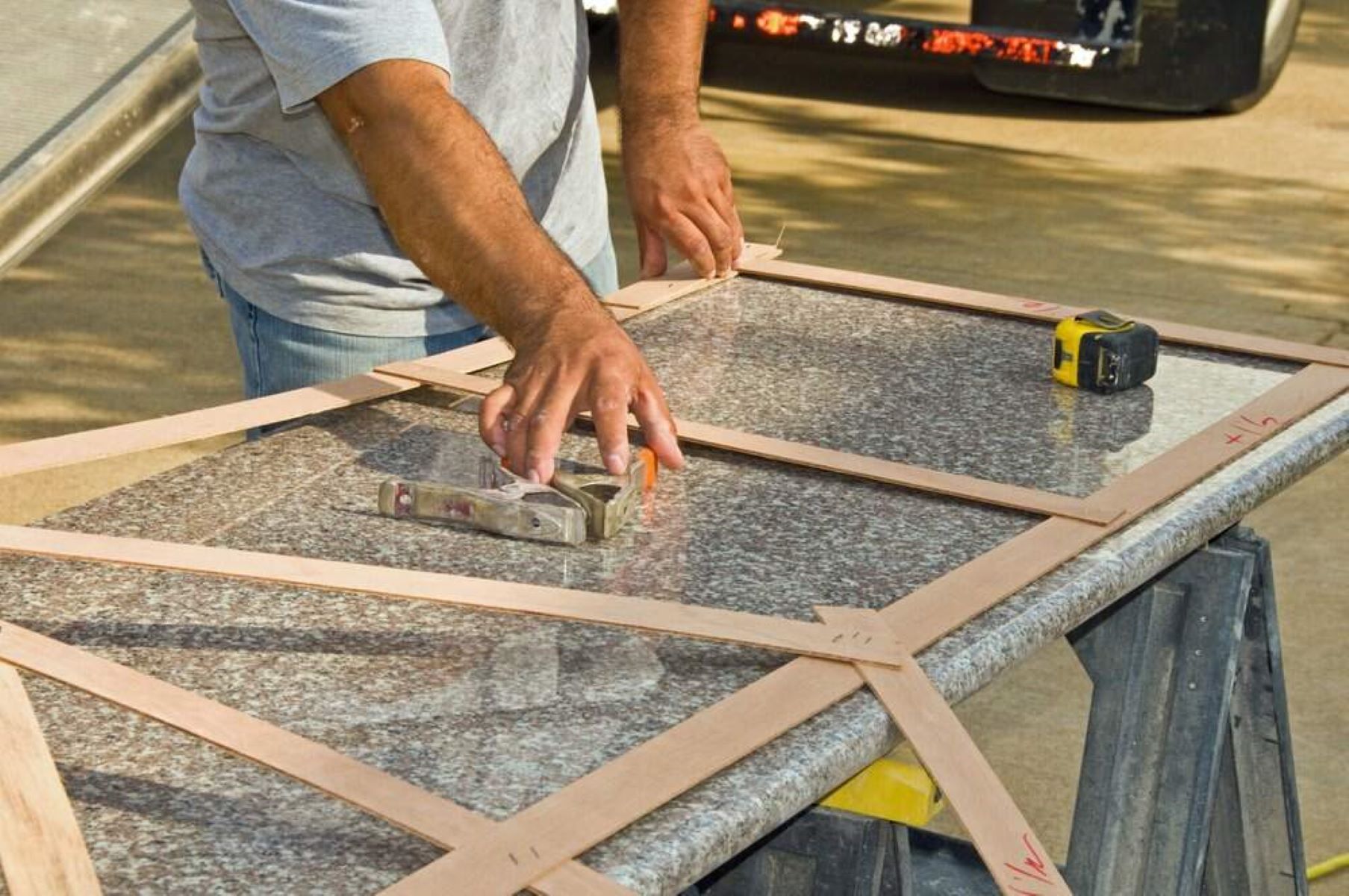
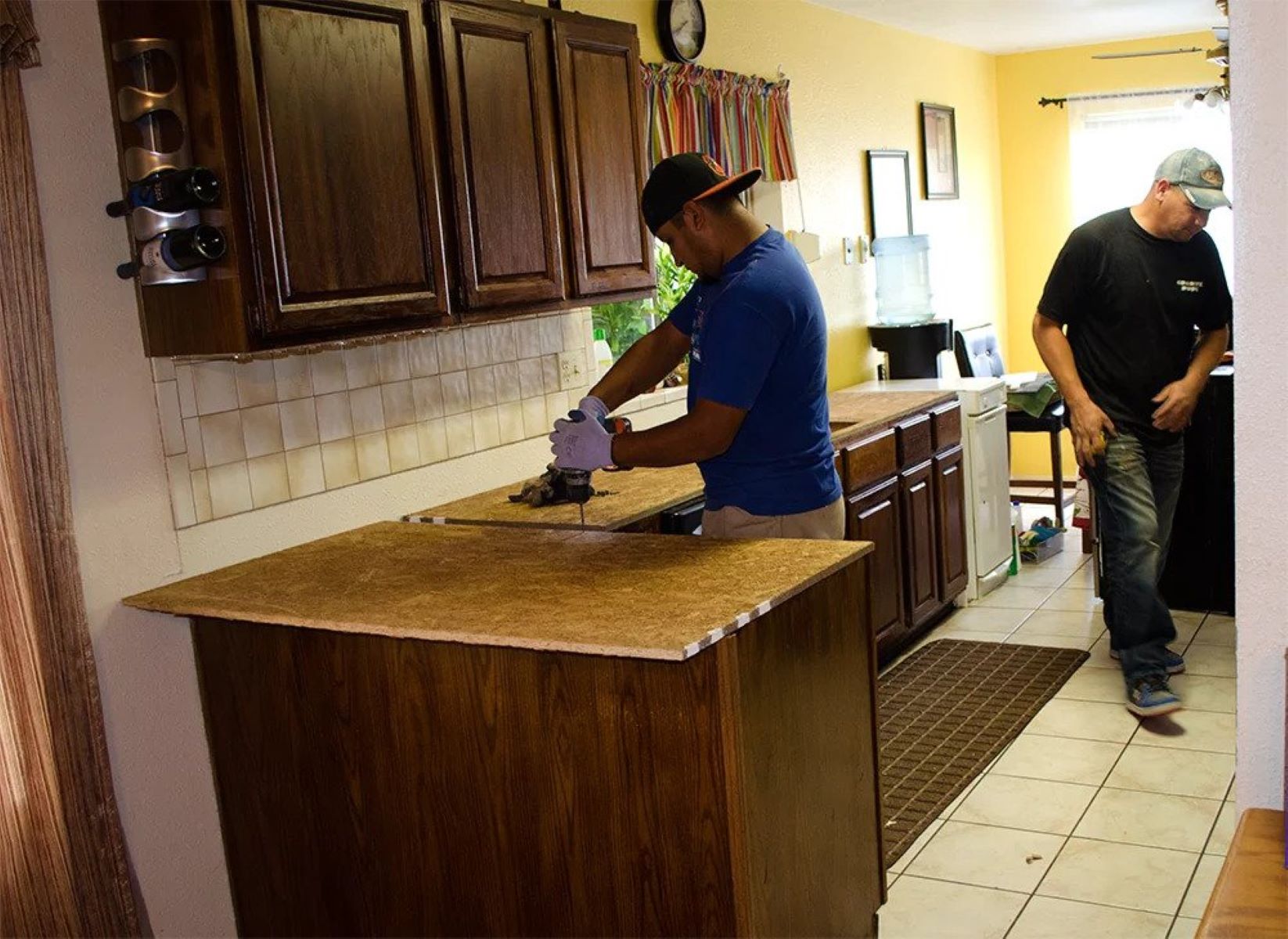
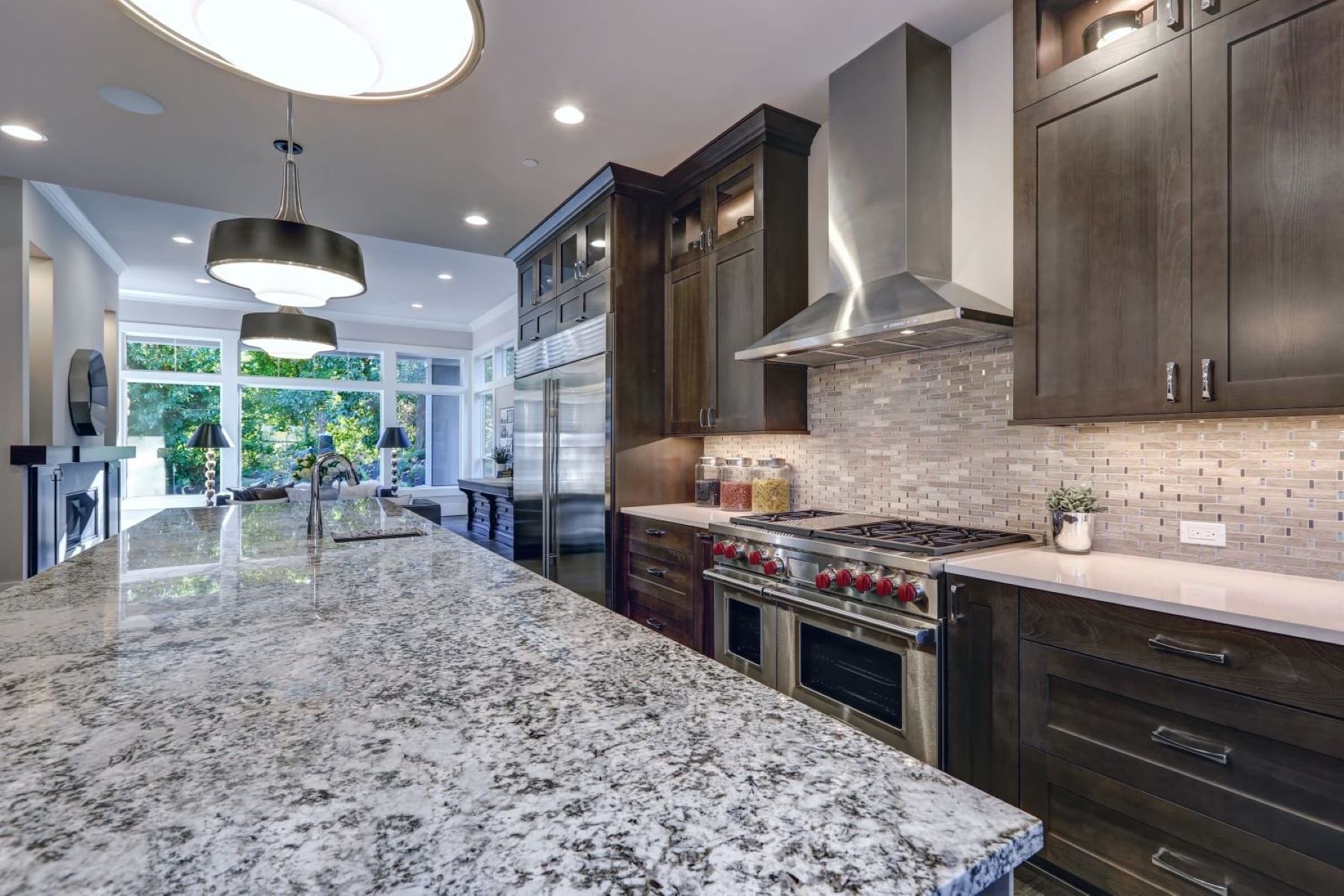
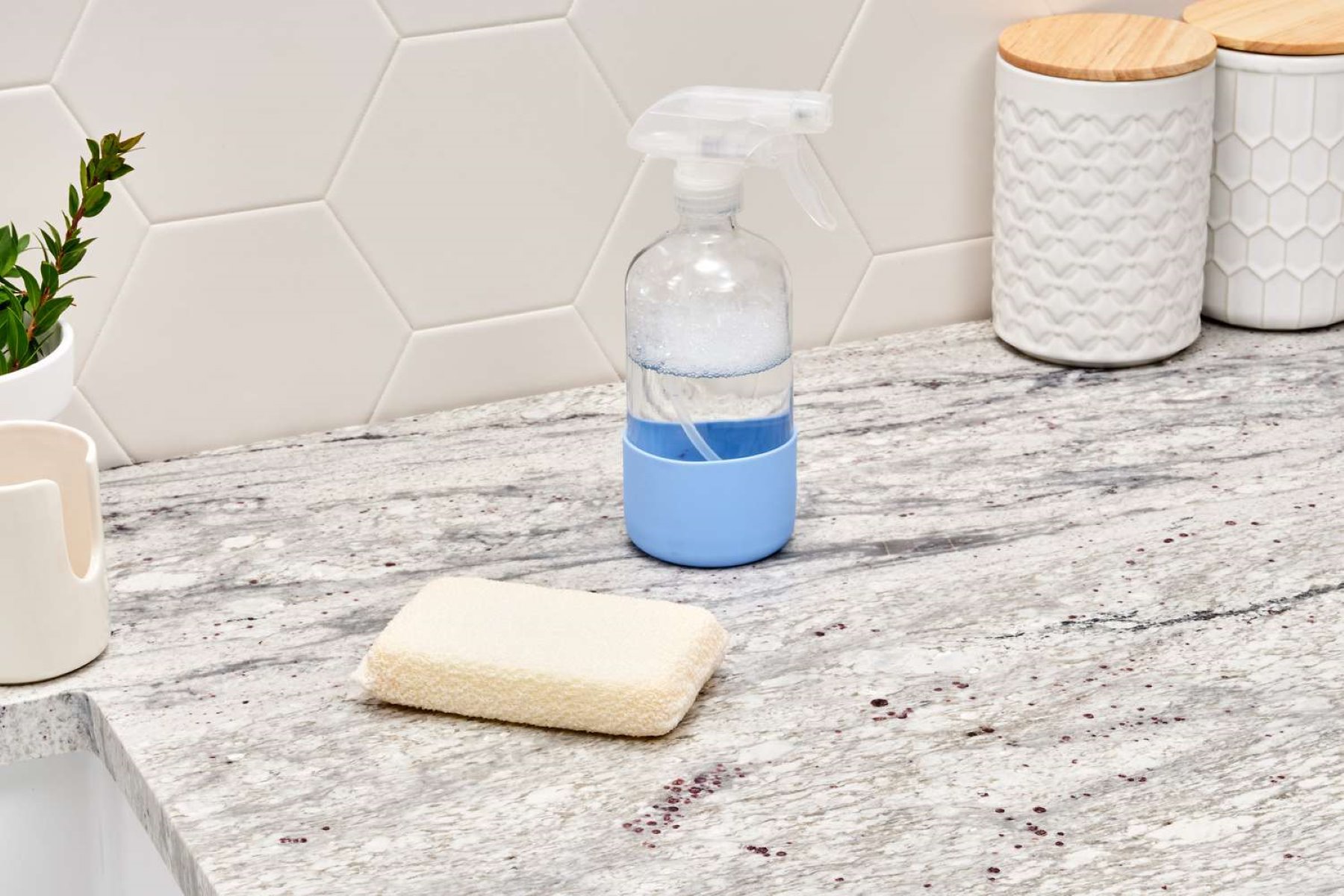
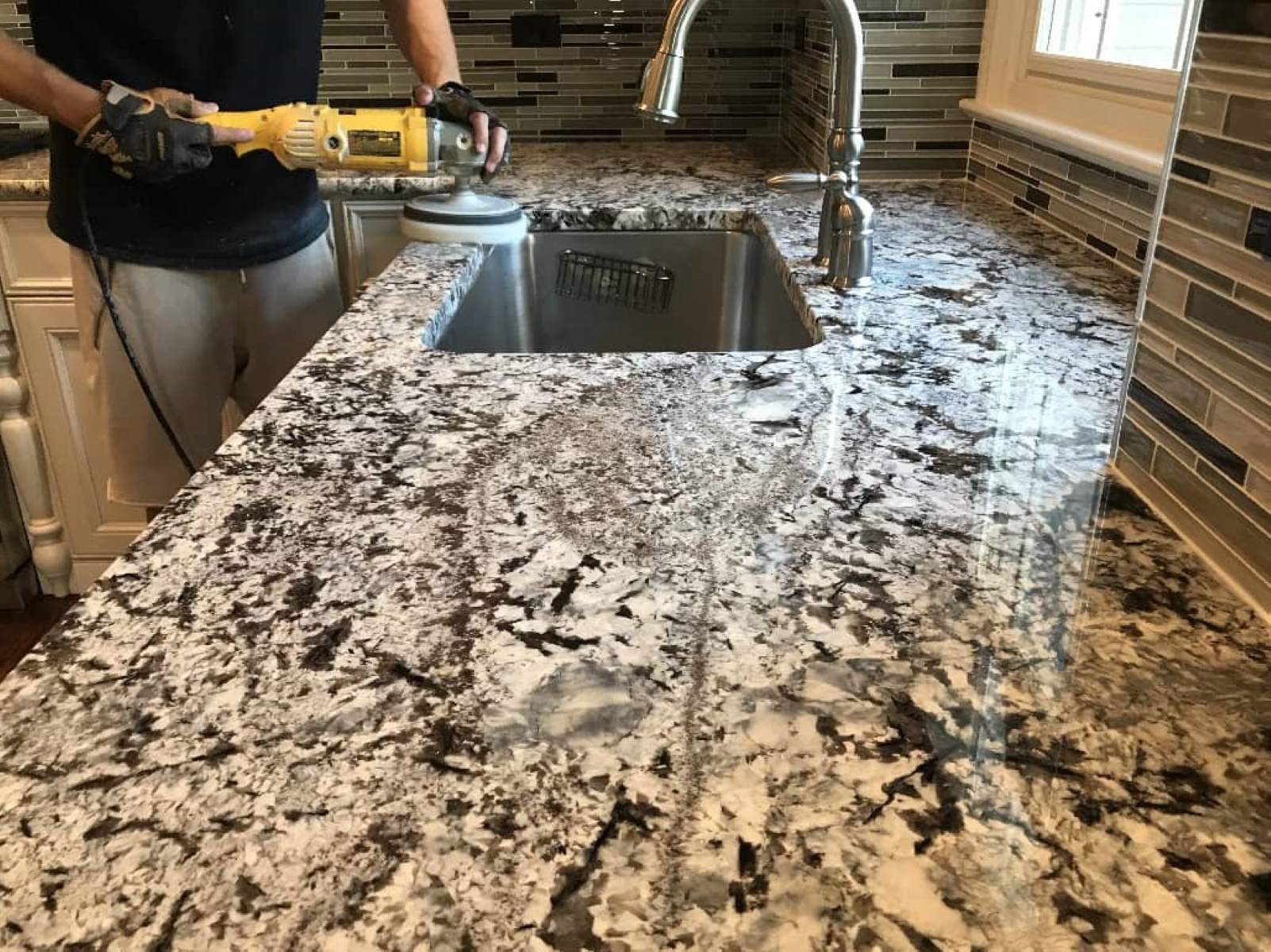
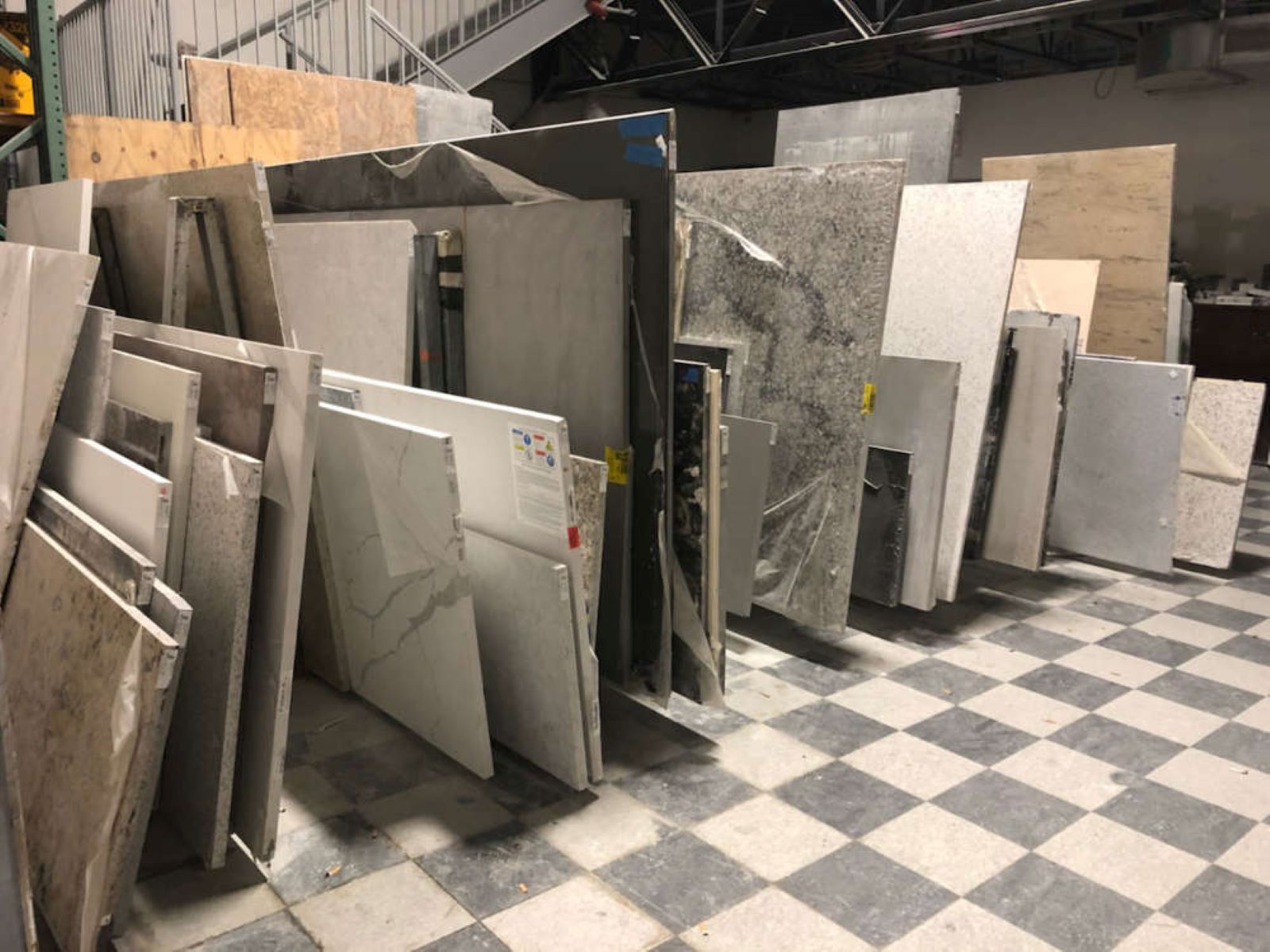
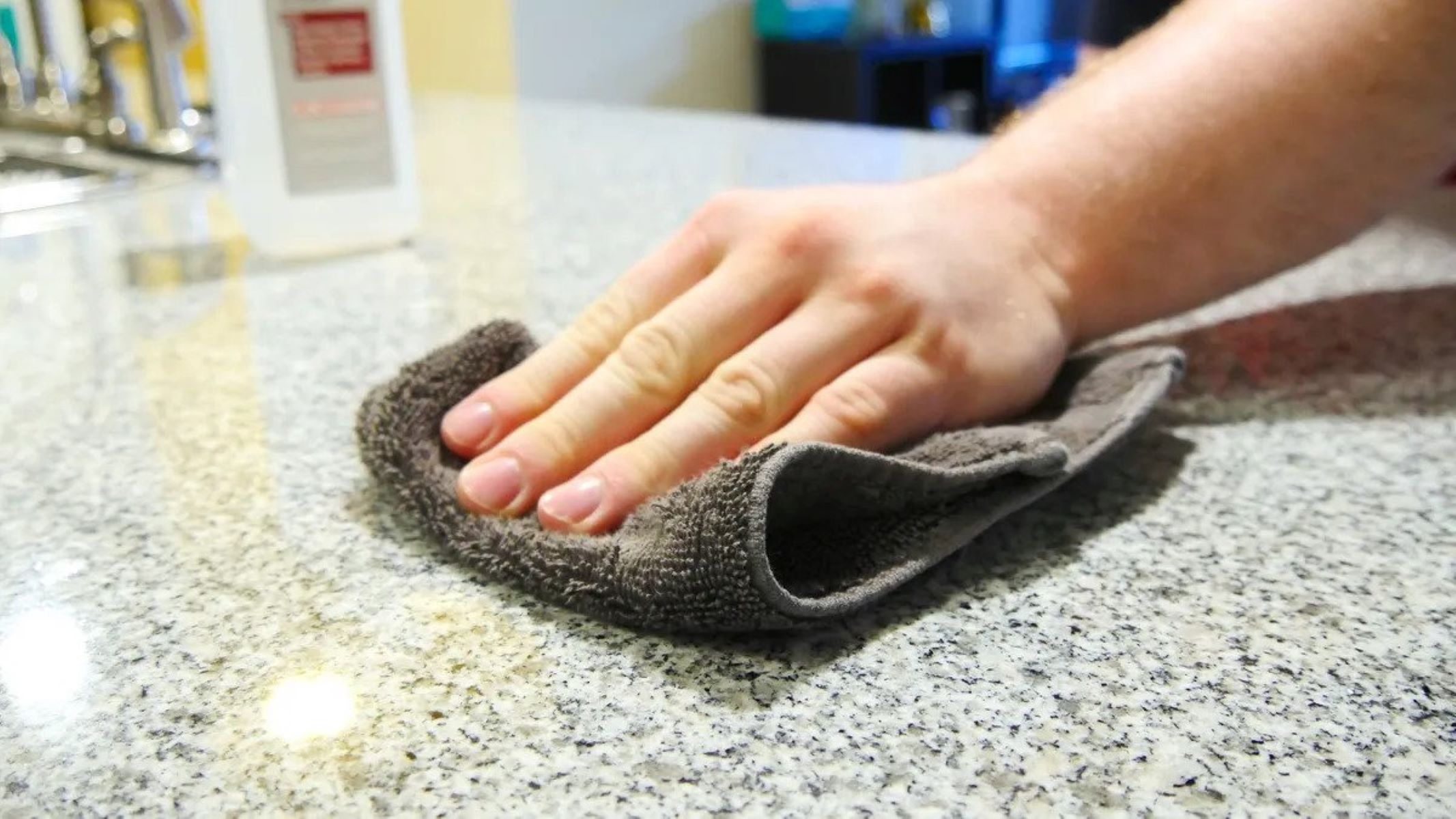


0 thoughts on “How Do You Paint Granite Countertops”